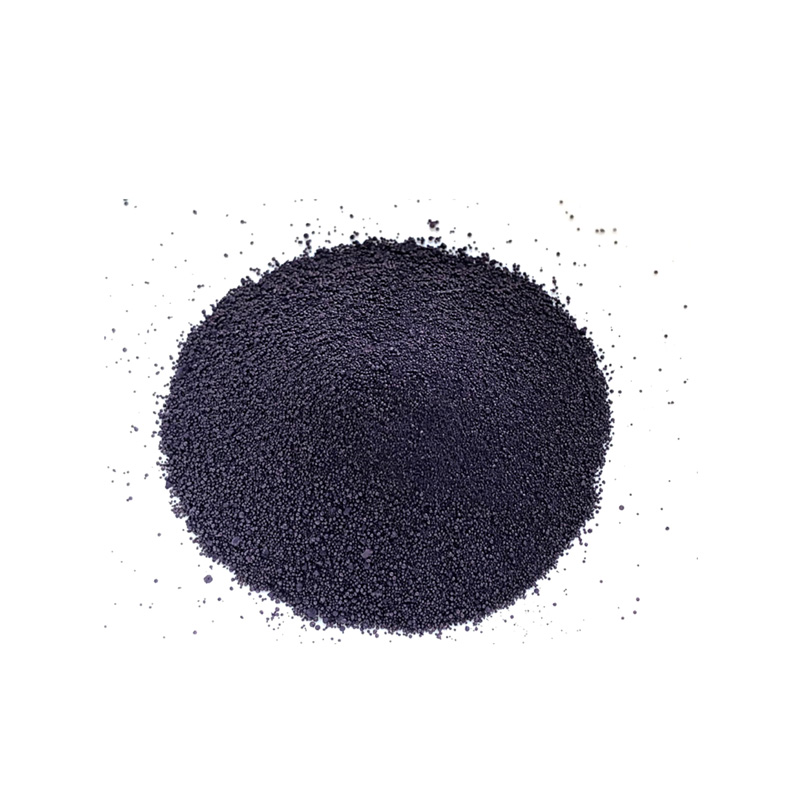Natural Indigo Fabric Dye for Eco-Friendly Textile Coloring and Crafting
The Art and Science of Indigo Fabric Dye A Timeless Tradition
Indigo dyeing, a practice that dates back thousands of years, holds a significant place in textile history and continues to impact modern fashion and fabric production. Renowned for its rich, vibrant blue hue, indigo not only beautifies textiles but also weaves cultural narratives that span continents and generations. As interest in sustainable and eco-friendly practices grows, indigo fabric dyeing is experiencing a renaissance, attracting artisans and consumers alike.
The Origins of Indigo Dye
Indigo dye has its roots in ancient civilizations, with evidence of its use found in regions stretching from Egypt to India, and further into Southeast Asia and Africa. The dye is derived from the leaves of the indigo plant, primarily Indigofera tinctoria. The process of extraction involves fermentation, which converts the indigo precursor, indican, into indigo dye through a series of chemical reactions. The result is a deep blue pigment that can be applied to textiles in compelling ways.
Despite the myriad of synthetic dyes available today, many artisans still opt for natural indigo due to its depth of color and the unique characteristics it imbues in fabrics. Natural indigo is also biodegradable and non-toxic, making it an attractive option for eco-conscious consumers.
The Dyeing Process
The indigo dyeing process is both an art and a science, requiring skill and patience. The most traditional method involves a fermentation vat, where the indigo leaves are allowed to rot, producing a liquid dye that must be skillfully manipulated. This process can take several days, and there is a mystical aspect to watching the fabric transform from green to blue as it is repeatedly dipped and oxidized in the air.
In modern times, there are two main techniques for dyeing with indigo direct dyeing and resist dyeing. Direct dyeing simply involves soaking the textile in the indigo dye, while resist dyeing, a technique popularized in Japan, uses wax to block color from reaching certain areas of the fabric, creating intricate patterns. This technique, known as shibori, showcases the limitless artistic potential of indigo dyeing.
indigo fabric dye product

Cultural Significance
Indigo dyeing is more than just a method to achieve a striking color; it is steeped in cultural significance across various societies. For instance, in West Africa, indigo is a symbol of wealth and status, often worn by rulers and dignitaries. The dyeing process is a communal activity, involving generations of skill and tradition that bring communities together. Similarly, in Japan, indigo-dyed textiles are valued not only for their beauty but also for their durability and functionality, highlighting a deep respect for craftsmanship.
In contemporary fashion, indigo is celebrated for its versatility and timelessness. High-end fashion brands and artisans are embracing natural indigo, recognizing its marketability and unique qualities. The organic nature of indigo fabric also resonates with consumers who prioritize sustainability, making it a desirable choice in eco-fashion collections.
The Modern Indigo Movement
The resurgence of interest in indigo dyeing aligns with a broader movement towards sustainable practices in fashion and textile production. More designers are exploring natural dyes as a way to minimize the environmental impact of traditional textile dyeing processes, which often involve synthetic dyes and harsh chemicals. The use of indigo presents an opportunity to create beautiful fabrics without compromising on ecological principles.
Workshops and courses on indigo dyeing have also gained popularity, allowing enthusiasts to learn about this ancient craft and engage with the material in a hands-on way. Community-led initiatives often support local artisans by providing a platform to showcase their work, ensuring that traditional methods are preserved while embracing innovation.
Conclusion
Indigo fabric dye holds a profound legacy that continues to influence textile arts around the world. It encapsulates a blend of historical significance, cultural identity, and modern sustainability trends. By embracing indigo, we not only participate in a time-honored tradition but also contribute to a more conscious and sustainable future in textile production. The allure of indigo, with its deep, enigmatic hues and rich complexity, is sure to endure as a cherished element of fashion and culture for years to come.
-
The Timeless Art of Denim Indigo Dye
NewsJul.01,2025
-
The Rise of Sulfur Dyed Denim
NewsJul.01,2025
-
The Rich Revival of the Best Indigo Dye
NewsJul.01,2025
-
The Enduring Strength of Sulphur Black
NewsJul.01,2025
-
The Ancient Art of Chinese Indigo Dye
NewsJul.01,2025
-
Industry Power of Indigo
NewsJul.01,2025
-
Black Sulfur is Leading the Next Wave
NewsJul.01,2025

Sulphur Black
1.Name: sulphur black; Sulfur Black; Sulphur Black 1;
2.Structure formula:
3.Molecule formula: C6H4N2O5
4.CAS No.: 1326-82-5
5.HS code: 32041911
6.Product specification:Appearance:black phosphorus flakes; black liquid

Bromo Indigo; Vat Bromo-Indigo; C.I.Vat Blue 5
1.Name: Bromo indigo; Vat bromo-indigo; C.I.Vat blue 5;
2.Structure formula:
3.Molecule formula: C16H6Br4N2O2
4.CAS No.: 2475-31-2
5.HS code: 3204151000 6.Major usage and instruction: Be mainly used to dye cotton fabrics.

Indigo Blue Vat Blue
1.Name: indigo blue,vat blue 1,
2.Structure formula:
3.Molecule formula: C16H10N2O2
4.. CAS No.: 482-89-3
5.Molecule weight: 262.62
6.HS code: 3204151000
7.Major usage and instruction: Be mainly used to dye cotton fabrics.

